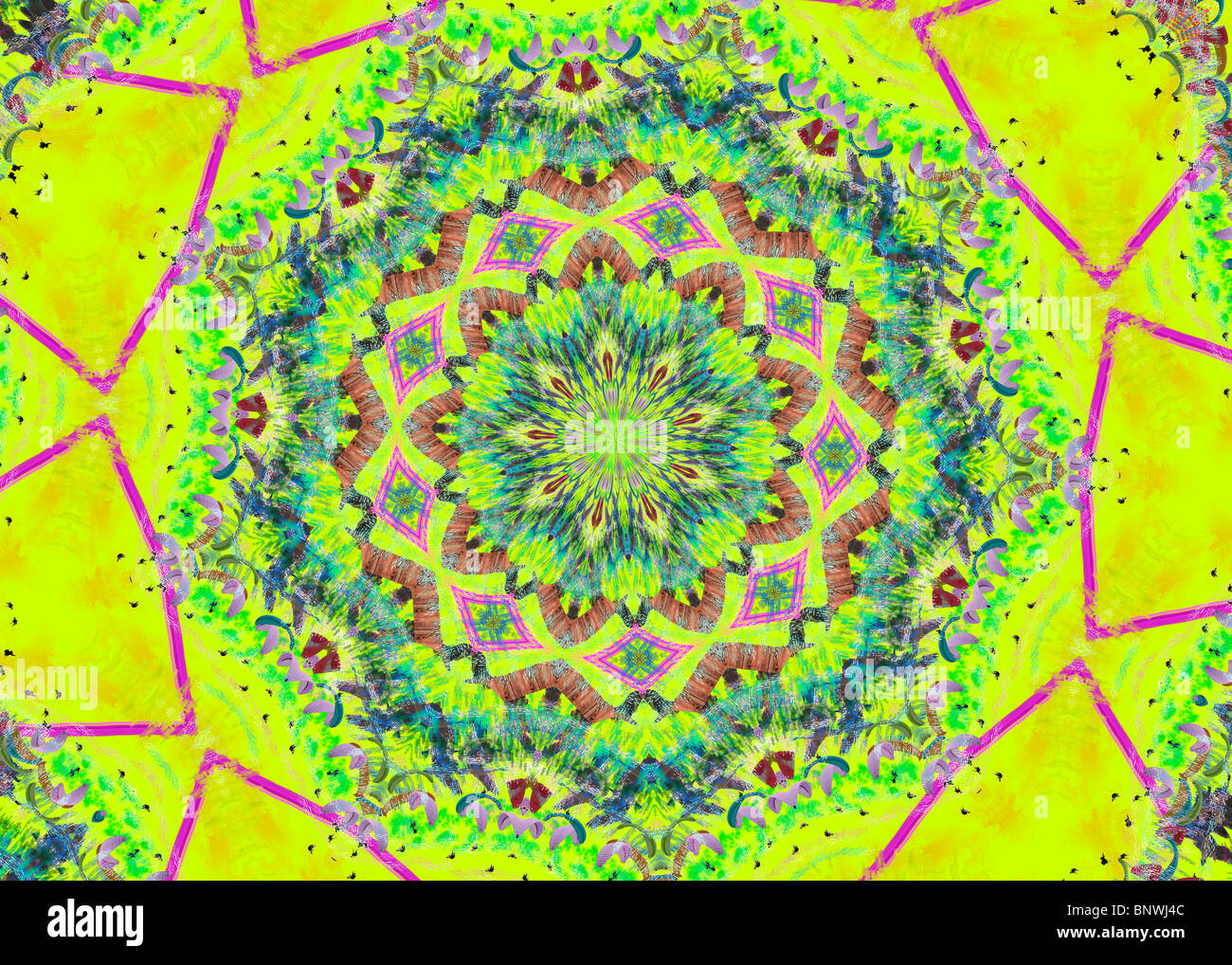

If, on the other hand, the spasm of blood vessels occurs in the back of the brain where vision is processed, this could be an Ocular or Eye Migraine. If this happens in the temple area, the result can be a severe, one-sided headache, sound sensitivity, nausea, and vomiting. “Classic” Migraines are thought to be caused by spasm of blood vessels in the brain. An eye exam can reveal problems with the vitreous fluid, the retina, or even signs of a stroke. It is essential to see an ophthalmologist if you have flashing in your eyes. Also, before I launch into specifics, I would like to start with this:įlashing lights in your eyes can be concerning, as they can be a sign of retinal detachment or other retinal problems. DOI: 10.1097/WCO.The purpose of this post is to define the difference between “classic” and ocular migraines. Treatment of nystagmus and saccadic oscillations. Vision and vertigo: Some visual aspects of vestibular disorders. books?id=XU5oAgAAQBAJ&pg=PA141&lpg=PA141&dq=oscillopsia+symptoms&source=bl&ots=aHAMu5M85G&sig=gbt4bwf9x8Fu7BYNZWINhoCx4NU&hl=en&sa=X&ved=0ahUKEwjKxveC7PPYAhVFdt8KHZJODQI4HhDoAQg4MAM Oxford Textbook of Vertigo and Imbalance. aao.org/eye-health/diseases/nystagmus-cause You can learn more about how we ensure our content is accurate and current by reading our editorial policy. Healthline has strict sourcing guidelines and relies on peer-reviewed studies, academic research institutions, and medical associations. Your doctor or a physical therapist can recommend other exercises to try.

If oscillopsia doesn’t improve, it can be very disabling. Others may have permanently jumpy vision.
#Kaleidoscope in peripheral vision how to
Some people may eventually learn how to compensate for oscillopsia.


Nystagmus can affect your vision, depth perception, coordination, and balance. This is a condition that causes your eyes to shift from side to side, or jump up and down in an uncontrolled way. damage to nerves in the brain (cranial neuropathy)Īnother cause of oscillopsia is nystagmus.damage from medicines like gentamicin (an antibiotic).As a result, objects will appear to jump. If your VOR isn’t working, your eyes will no longer move in tandem with your head. This reflex makes your eyes move in coordination with the rotation of your head. One possible cause is the loss of your vestibulo-ocular reflex (VOR). Oscillopsia is caused by nervous system disorders that damage parts of the brain or inner ear that control eye movements and balance.


 0 kommentar(er)
0 kommentar(er)
